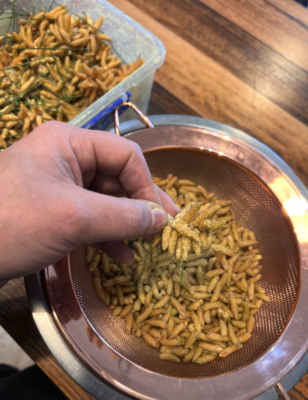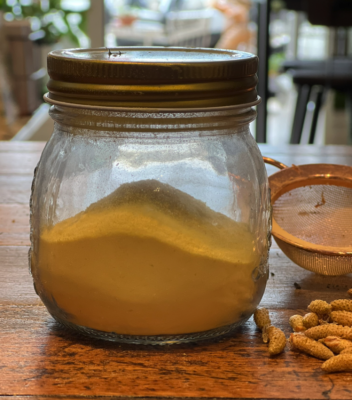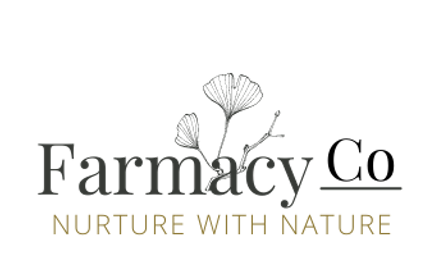Harvesting Pine Pollen
Pine pollen is a nutrient-rich superfood that has been used in traditional medicine for centuries. It is packed with vitamins, minerals, and antioxidants that can improve overall health and wellness. In this blog post, we will explore the benefits of eating pine pollen, how to identify the plant, when to harvest it, and its medicinal uses.

Benefits of eating pine pollen
Pine pollen contains a wide range of nutrients that can benefit the body in numerous ways. Some of the key benefits of eating pine pollen include:
-
Rich in antioxidants – Pine pollen is loaded with antioxidants that can protect the body from oxidative stress. These antioxidants can help reduce inflammation, boost the immune system, and reduce the risk of chronic diseases such as cancer, heart disease, and diabetes.
-
Hormone balancing – Pine pollen is rich in phytohormones that can help balance hormones in the body. This can be especially beneficial for women who are experiencing menopause or for men who are looking to boost testosterone levels.
-
Nutrient-dense – Pine pollen contains a variety of vitamins and minerals that are essential for optimal health. These include vitamin A, B vitamins, vitamin C, vitamin E, zinc, and magnesium.
-
Energy-boosting – Pine pollen is a natural energy booster that can help combat fatigue and increase stamina. It is often used by athletes and fitness enthusiasts to improve performance and endurance.
- Often used for health purposes like anti-aging properties, alleviates fatigue, and boosts testosterone levels.
Identifying the plant and when to harvest
Pine pollen is produced by male pine cones, which can be identified by their small size and elongated shape. These cones can be found on the tips of pine tree branches in the spring. When the cones are mature, they release a fine yellow dust, which is the pollen.
To harvest pine pollen, wait until the cones have fully opened and the pollen is visible. Then, gently tap the cones over a clean cloth or paper bag to collect the pollen. It is important to be careful when collecting pollen to avoid damaging the tree or disrupting its reproductive process.

Medicinal uses of pine pollen
Pine pollen has a long history of use in traditional medicine and is believed to have numerous health benefits. Some of the key medicinal uses of pine pollen include:
-
Boosting the immune system – Pine pollen contains immune-boosting compounds that can help protect the body from infections and illnesses.
-
Supporting cardiovascular health – The antioxidants in pine pollen can help improve blood flow, reduce inflammation, and lower the risk of heart disease.
-
Improving skin health – Pine pollen is rich in vitamins and minerals that can promote healthy skin, reduce inflammation, and improve the appearance of fine lines and wrinkles.
-
Enhancing cognitive function – Pine pollen contains compounds that can improve brain function, memory, and concentration.

Conclusion
In conclusion, pine pollen is a nutrient-rich superfood that offers numerous health benefits. It is rich in antioxidants, vitamins, and minerals that can improve overall health and wellness. To harvest pine pollen, wait until the cones have fully opened and the pollen is visible. Then, gently tap the cones over a clean cloth or paper bag to collect the pollen. Pine pollen can be used in a variety of ways, including as a supplement, in smoothies, or sprinkled on food. If you are interested in adding pine pollen to your diet, be sure to consult with a healthcare provider first to ensure it is safe for you.
Buy Pine Pollen Extract

Travel Guides Feature
You may have seen Pine pollen on Travel Guides “Riverina” episode, the segment was heavily edited for ‘dramatic effect’ but if you want to watch click the button – it’ll take you to channel 9 website and fast forward to the last segment if you don’t want to watch the whole show.
View Episode